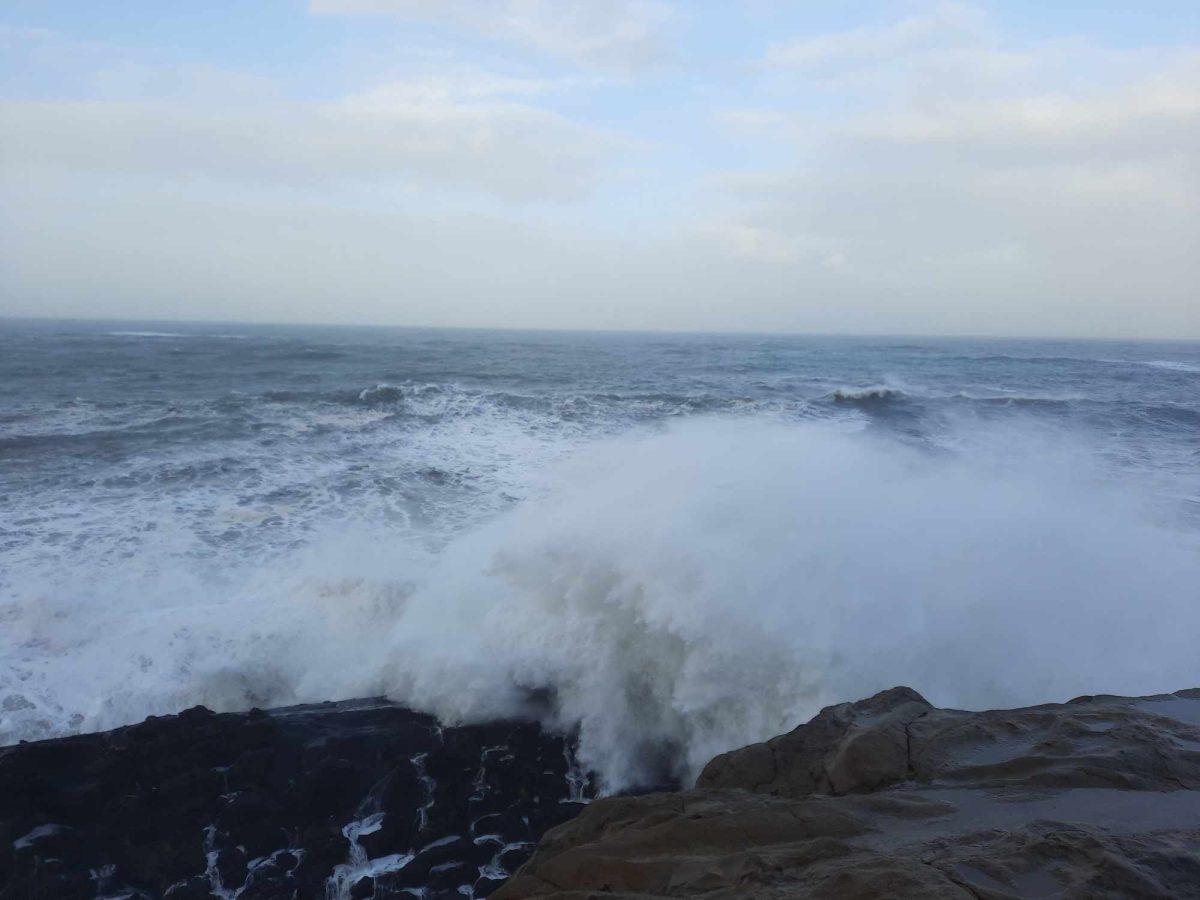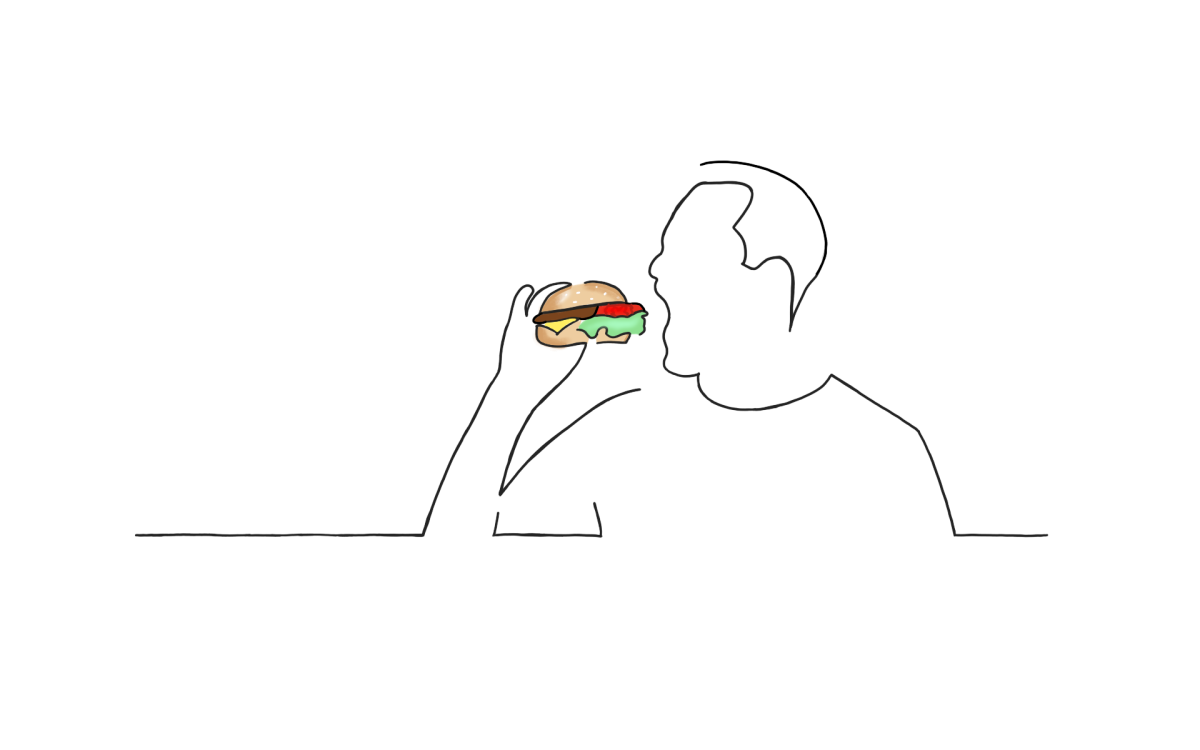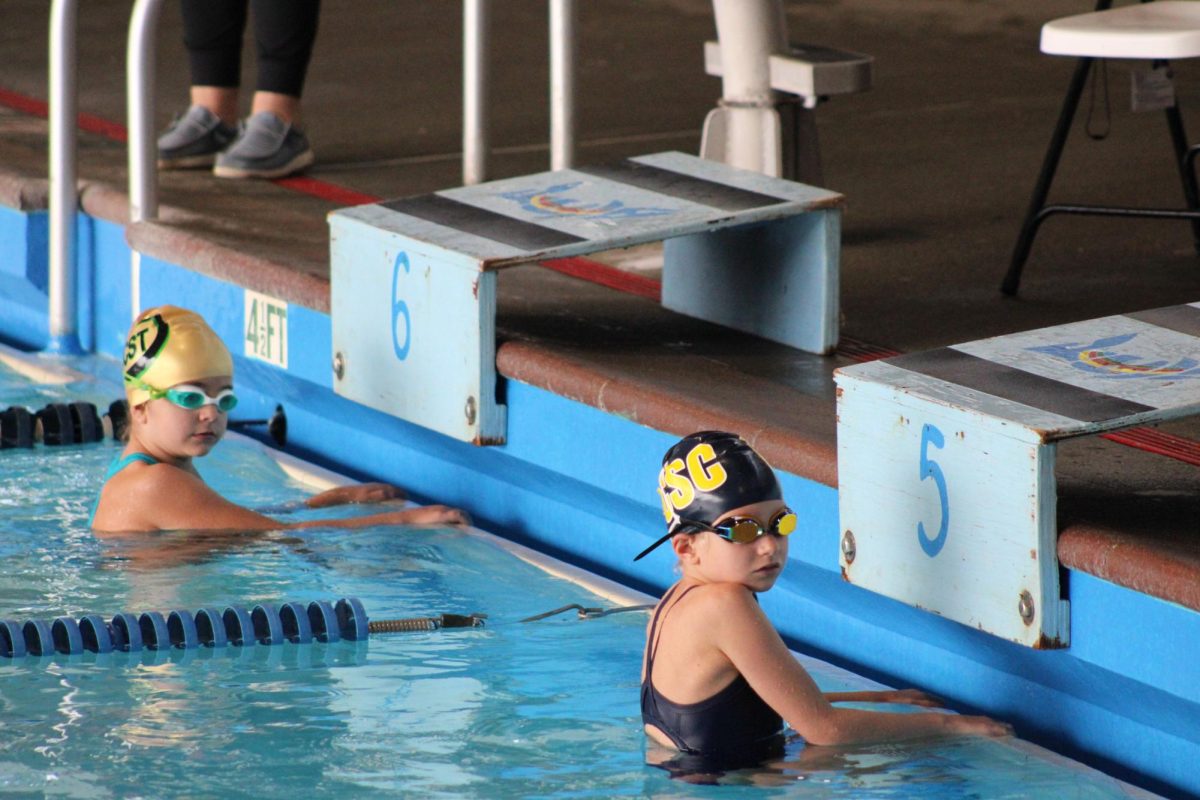Water safety
In the U.S. annually approximately 4,000 people meet their untimely demise by drowning in lakes, rivers, streams, or pools. It makes it obvious that there can be danger lurking behind every wave on Oregon coast beaches. With the spring thaw, people want to be out in nature, playing in the waves and popular waterways, but it is important to remember water and beach safety.
Many unnecessary drowning deaths can be prevented with attention to water safety. This could look like extracurricular swimming lessons or in-school lessons, and learning about being safe at the beach. In Coos Bay the elementary schools have swim lessons for two-week periods a year. Due to COVID-19, this program was put on hold for a few years.
“I definitely think that COVID affected kids’ swimming ability because many hadn’t had lessons before,” said Kally Haynes, a swimming instructor at Mingus Park pool.
While some coastal residents think that keeping one’s head above the water is the same as swimming, water safety instructors might argue it is not enough. Many accidents are caused by those who are comfortable in the water, although not proficient at swimming. Those who are comfortable on the beach are more likely to turn their back on the ocean and suffer from an injury due to their lack of awareness.
“A lot of injuries I hear about are from not being careful in water, and most are preventable, so it’s important that people learn to swim properly,” said Marshfield freshman Shalea McCowin.
Coos Bay and North Bend, called Oregon’s Bay Area, are both surrounded by water. With all the bays, rivers, creeks, lakes, and the ocean nearby, the chances of spending time near the water increase. That makes water safety even more important.
Dakota Blair says that “If you fall in a pond and don’t know how to swim, you might die,” said MHS freshman Dakota Blair. “With a lot of ponds and water around here that could happen.“
Despite people recognizing the danger of water there are still so many families who don’t take the proper water safety precautions. The American Red Cross found that approximately four in ten parents of children ages 4-17 report that their child can perform all five basic swimming skills. That’s less than fifty percent. And yet, approximately 92 percent of parents say that their child is likely to participate in water activities this summer.
“The first thing they teach at sailing school is how to swim,” said Azura Beckett, who enjoys spending time on the water. “And they teach basic water safety because it’s too dangerous to be out there without basic safety.”
Your donation will support the student journalists of Marshfield High School. Your contribution will allow us to purchase equipment and cover our annual website hosting costs.

Freshman Abby Erb is a new member of journalism. Abby is part of the swim team and speech and debate. She likes Taylor Swift, sugary foods, the beach,...


























